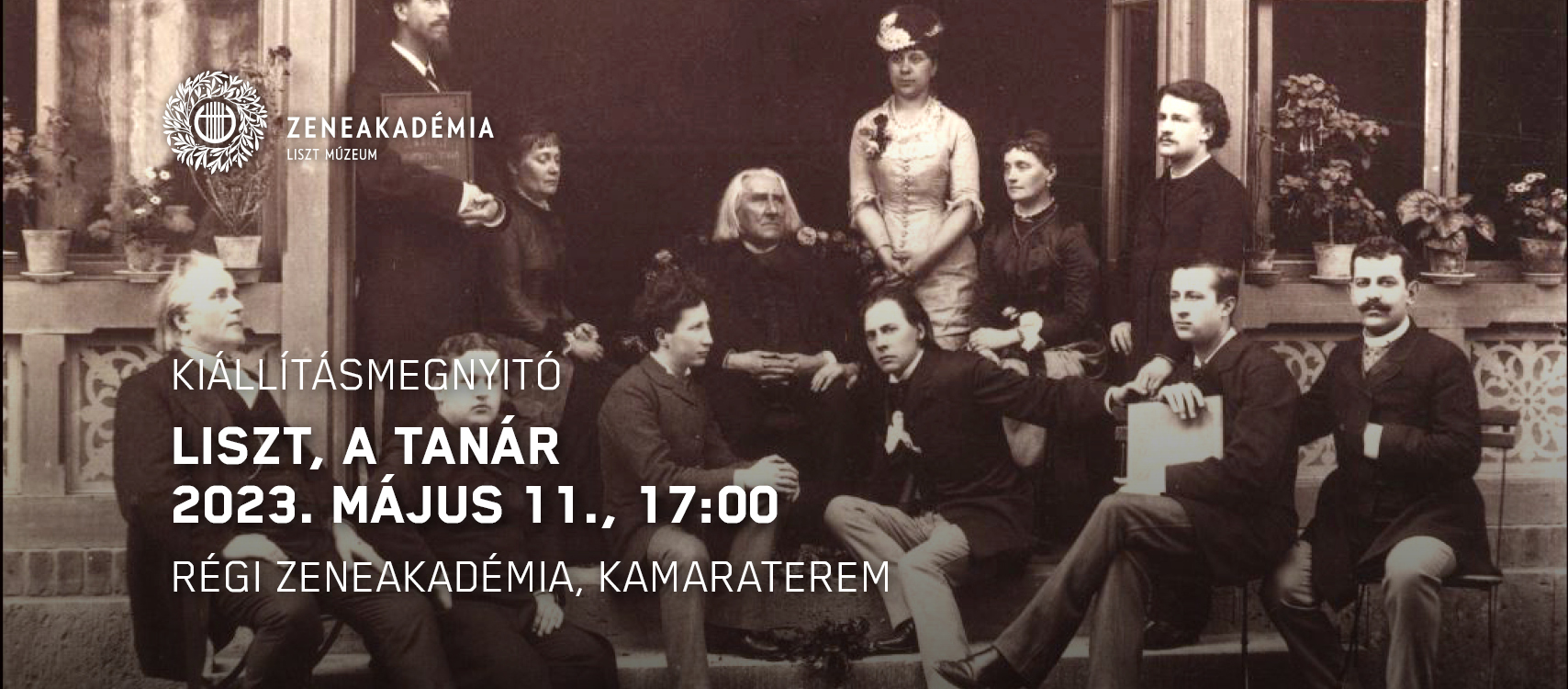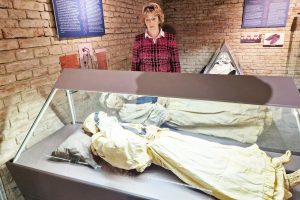
The famous Hungarian composer was a renowned teacher of young and talented musicians.Continue reading

The exhibition entitled Mysteries, Fates, Mummies, opened on 12 May in Békéscsaba, is unique because a small part of the mummy collection of the Hungarian Museum of Natural History is supplemented with the material of the Ignác Tragor Museum in Vác. It has been called the exhibition of the year by experts and those who have had the pleasure of seeing it, reported travelo.hu.
The exhibition will be on display at the Munkácsy Mihály Museum in Békéscsaba from 12 May until 29 October. During the renovation of the Church of the Whites in Vác in 1994, workers found the crypt under the church tower, which had been forgotten by posterity. The crypt was packed from floor to ceiling with richly decorated coffins piled on top of each other. When they opened them up, they were astonished to see that most of the coffins contained not bones but naturally mummified bodies.

Photo: Facebook nhmus.hu
The cave-like climate in the crypt allowed the bodies to survive in such good condition, and the pine-wood coffins, lined with wood shavings, also helped them to dry out. The excavation of this unusual find was carried out by the Ignác Tragor Museum with the permission of the Bishopric of Vaci. During the excavation, 262 coffins and the remains of 263 people (one of them a mother and her child) were found, with 40 human bodies resting in a common grave.
The crypt was used for burials by the inhabitants of Vác between 1731 and 1841. Among the mummified deceased were several clergymen, merchants, cavalry colonels, officers of the noble guard and many civil officials. So far 166 people have been identified by the names and dates painted on the coffins.
Visitors to the exhibition in Békéscsaba can see ten mummies in the exhibition hall, including Teresa Sándor, aged around 40, whose coffin had no name, but it was known that she was buried in 1783 in a nun’s habit.
Two of Teresa’s fingers were found wrapped around her left leg. Tests revealed that her fingers had not been cut off in a robbery (the coffin was intact), nor had they been amputated due to illness (X-rays showed no infectious complications or lesions suggestive of healing). It was probably mutilated for unknown reasons after death, before the body was placed in the coffin.
Via travelo.hu. Featured Photo: www.nhmus.hu